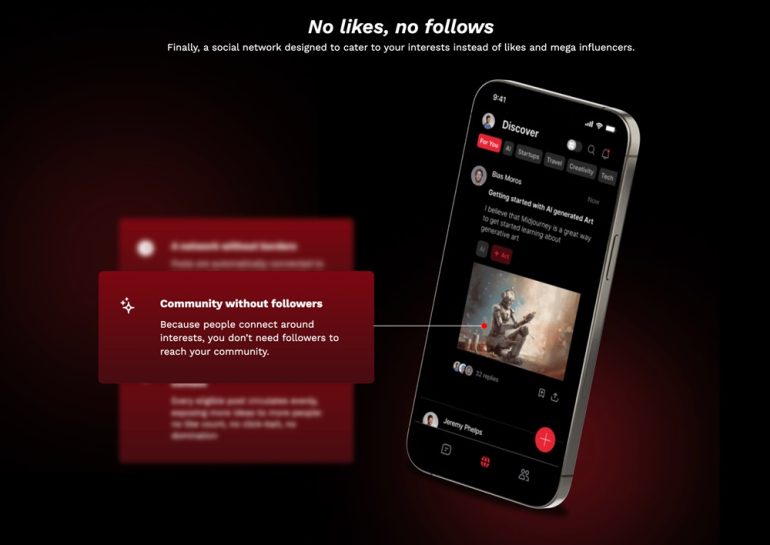- Maven co-founder Kenneth Stanley steps down three months after launch.
- Despite positive feedback, Maven couldn’t meet investor growth expectations.
- Co-founder Blas Moros also steps down; CTO Jimmy Secretan remains.
- Maven has a few months of runway left; it aims to streamline and stay afloat.
- Investors include Ev Williams and Sam Altman.
- Maven connects users with exciting topics but lacks typical social media engagement features.
- Future monetization strategies are considered, but user base growth is needed first.
- Maven’s spinoff app Ryff uses AI art for interest exploration.
- Stanley explores new AI-related opportunities, focusing on “open-endedness.”
Main AI News:
Three months post-launch, Maven co-founder and ex-OpenAI researcher Kenneth Stanley is stepping down. Stanley shared on Maven and X that, despite positive feedback, the platform “could not achieve the kind of growth curve that investors want to see to justify increasing investment, and there is likely still a missing ingredient for that kind of growth.”
To extend Maven’s runway, Stanley and co-founder Blas Moros are seeking other opportunities. CTO Jimmy Secretan revealed to TechCrunch that the company has a few months’ runway left.
Secretan remains as CTO, driving product innovation and next steps, having built most of the app. Maven soft-launched in January, with TechCrunch covering its May debut. Twitter co-founder Ev Williams and OpenAI CEO Sam Altman, who backed Maven with a $2 million seed round in 2023, believed in its mission of increasing serendipity.
Raising more funds or attracting a necessary user base was always uncertain. Maven connects users with interesting topics but lacks likes, upvotes, retweets, follows, or content amplification features. While these features can make social media toxic, they also engage users. In May, Stanley discussed potential monetization strategies like subscriptions or advertising.
Secretan emphasized the need for user base growth before monetizing. “Maven excels at deep, interesting conversations, especially unexpected ones,” Secretan told TechCrunch. “These conversations aren’t very viral, making growth harder since they’re difficult to share.”
“At Maven, we were very good at getting people into deep conversations about really interesting things and especially unexpected, surprising interests,” Secretan explained TechCrunch. “Part of the problem is that those kind of deep conversations where we excel tend not to be very viral …they make growth a little bit harder because they’re hard to share.”
Post-exit, Maven will hire contract product design help to maintain its philosophy while attracting more users.
“We’re not just sort of taking the easy way out and drowning the feed with just the most popular and lowest common denominator stuff,” said Secretan. “So I think there is a way to thread that needle.”
Maven also created a spinoff app, Ryff, which uses generative AI art to help users explore new interests. Stanley is actively exploring new opportunities.
Conclusion:
The recent changes at Maven highlight startups’ difficulties in achieving rapid growth to satisfy investor expectations. Despite a vital mission and initial backing from high-profile investors, Maven’s struggle to retain and expand its user base underscores the challenges of creating a unique social media experience without conventional engagement features. The departure of critical founders and the need to streamline operations suggest that Maven must innovate its approach to gain traction in a highly competitive market. The introduction of Ryff and a focus on product design signal potential avenues for differentiation. As Maven navigates these challenges, its ability to balance maintaining its core philosophy with attracting and retaining users will be crucial for its sustainability and success in the market.

